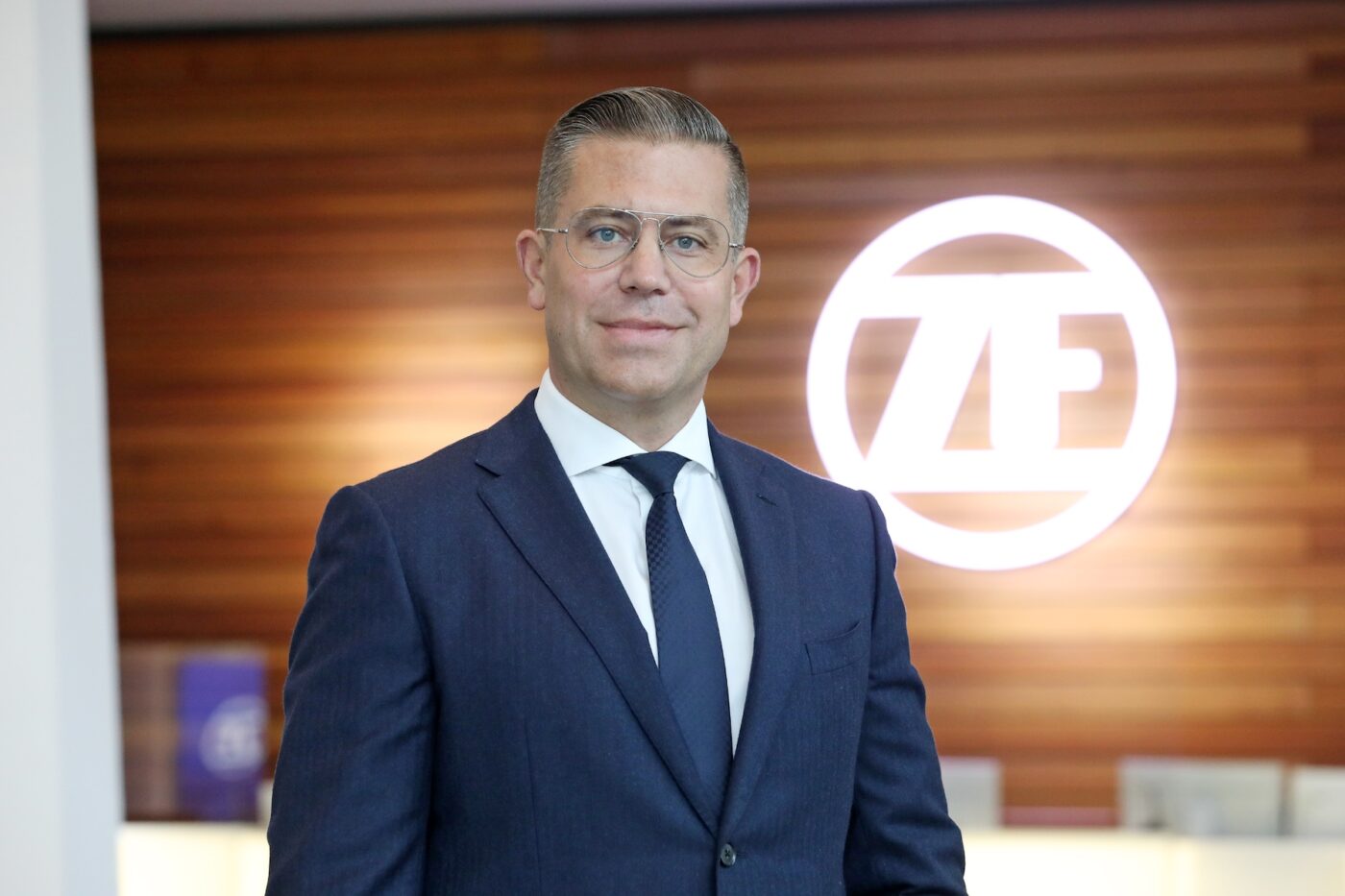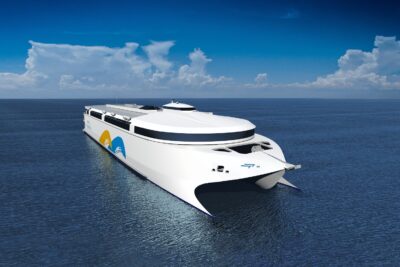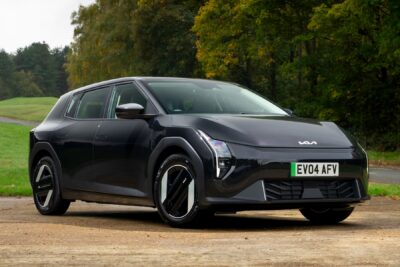ZF cuts 7,600 jobs in Division E
Matthias Miedreich’s first day as CEO of ZF is a busy one: after the company and its employees’ agreement on a restructuring roadmap at the end of July, Miedreich was still head of the powertrain division known as Division E – it was already clear that concrete measures to make the division more profitable would be negotiated by the end of September. When Division E CEO Miedreich was appointed as the new CEO in October during the IAA in September, and his predecessor Holger Klein had to leave, it was already clear that 1 October 2025 would go down in the company’s history for more than just the change in leadership.
The alliance between ZF and employees to restructure Division E aims to achieve the realignment on its own, with the division remaining “an integral part of ZF,” as stated in the announcement. This was not set in stone; management had examined and run through several scenarios in advance, from a partnership to a sale to a third party to a ramp-down, the slow phasing out and winding up of the business.
However, achieving this will require numerous cuts for the company and its workforce. Although the common goal remains to avoid redundancies for operational reasons, according to ZF, 7,600 jobs are expected to be cut in Division E by 2030; vacant positions will not be refilled, and there will be a severance programme. Employees who remain with the company will also feel the impact of the change: weekly working hours will be reduced by 7.5 per cent (from 35 to 32.5 hours), and collectively agreed and company contributions will also be reduced. The savings in salaries will be added to the job cuts, according to WirtschaftsWoche magazine.
Division E contributes to job cuts
The total number of 14,000 jobs to be cut at ZF in Germany, which was already announced last year, remains unchanged. However, with 7,600 jobs, every second job cut will come from the E division, meaning that this division will contribute disproportionately to the reduction. This is also due to the economic situation: the division has excess capacity in terms of personnel, as the order situation has developed differently than expected in recent years. Some of the orders that management accepted in order to ensure minimum capacity utilisation were loss-making.
“This joint effort provides comprehensive measures to strengthen competitiveness, coupled with a consistent orientation of the product range and a transparent new path toward possible partial partnerships (‘ecosystem’),” ZF wrote.
The Group also explains what these “comprehensive measures to strengthen competitiveness” might look like. In a first step, the existing product range will be focused and further developed, and unprofitable products will be discontinued. “Development activities in the product groups, including on-board chargers, DC converters, and electric beam axles (eBeam) will be discontinued, while the development of innovative products such as TherMaS, the ZF thermal management system, or the 8HP evo plug-in hybrid transmission will be consistently driven forward,” ZF announced. Additionally, ZF specifies: “The purchase of electric motors and inverters will be reassessed by the company and employee representatives.”
Not everything has been finalised yet
This statement is controversial, as the works council had spoken out against the purchase of such components during the negotiations. Currently, many jobs at the Schweinfurt site depend on electric motors, and in Auerbach on inverters. If ZF were to source such parts from third parties in future through possible ‘partnerships,’ production in Schweinfurt and Auerbach would be in jeopardy. However, the purchase of these parts is currently still being ‘re-evaluated,’ so no decision has been made yet.
In the summer, ZF presented its new SELECT electric drive platform. Predefined and coordinated components, such as various electric motors, inverters, converters, reduction gears and the associated software modules, enable customers to put together a drive solution that meets their requirements from these component kits. Production of the first asynchronous motors for the SELECT platform is already underway in China.
In Germany, company-wide measures for immediate cost savings were also agreed upon during the negotiations – they will come into effect once the relevant trade union committees have given their approval. Among other things, the 3.1 per cent pay increase scheduled for April 2026 will be postponed until October 2026; for employees not covered by collective agreements, the annual pay review will be discontinued. “Furthermore, collective agreement components will be converted into free time or discontinued in the coming years. For employees in Division E in Germany and at the Schweinfurt and Friedrichshafen sites in Plant Z (administration, research and development), weekly working hours will be reduced by around 7 per cent until the end of 2027,” the company said.
“With this alliance, we are breaking new ground in the industry and reaching a milestone for ZF. The aim is to strengthen our position as a leading technological player in the market in the long term and to significantly increase our competitiveness,” said CEO Miedreich. “We are aware that the path to this goal will involve tough cuts for our employees. Now it is time to work together to overcome these difficult times for the good of the company. With this alliance, we have set the right course.”
Barbara Resch, district manager of IG Metall Baden-Württemberg and deputy chairwoman of the ZF supervisory board, added: “With this alliance, we have succeeded in creating a clear perspective. On the employees’ side, we have made concessions, that’s true. In return, we expect ZF to position itself as a driver of employment and a guarantor of good working conditions for the future. We will hold ZF accountable to this.”
Achim Dietrich, Chairman of the ZF General Works Council, emphasises the successes achieved in the negotiations despite the cuts that have been decided: “It was crucial for us that the passenger car powertrain – the heart of our company – continues to have a future at ZF and that the carve-out of Division E is off the table. We also see this alliance as a signal beyond ZF that technologies and products ‘Made in Germany` have good prospects. Our common goal is for ZF to regain its self-confidence, for motivated employees to work on innovative products, and for us to be at the forefront of technology.”
This article was first published by Sebastian Schaal for electrive’s German edition





1 Comment